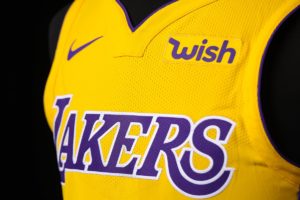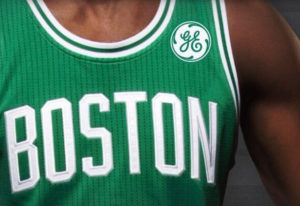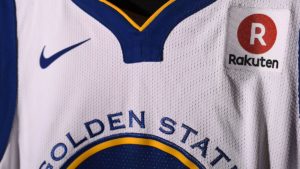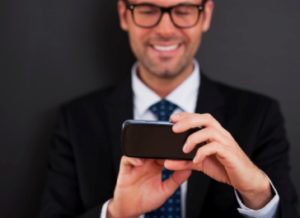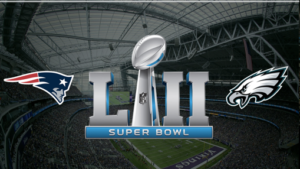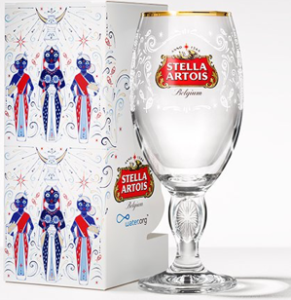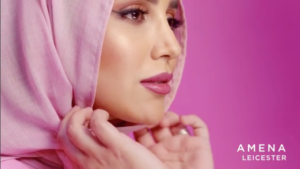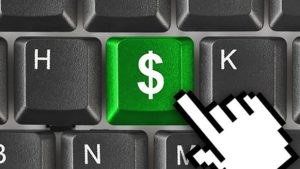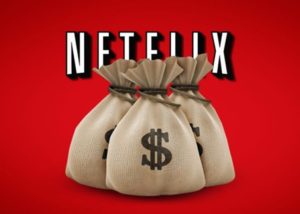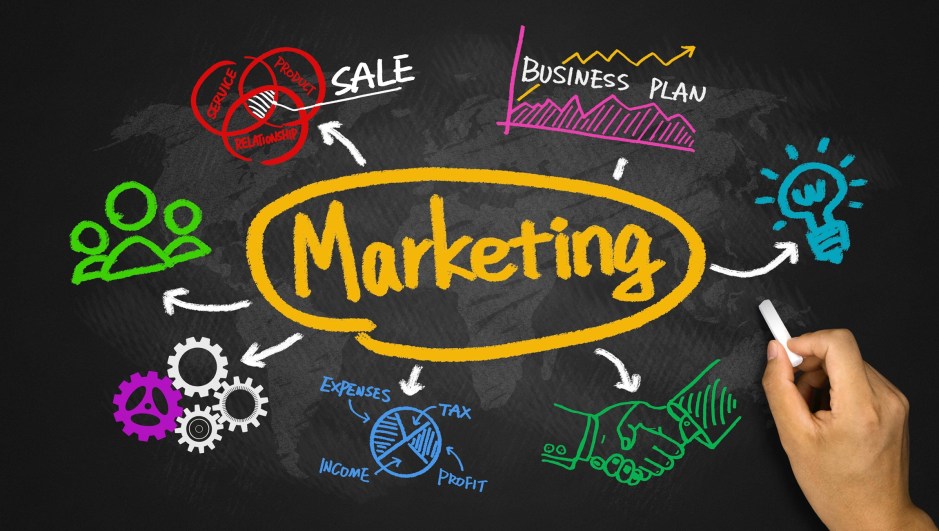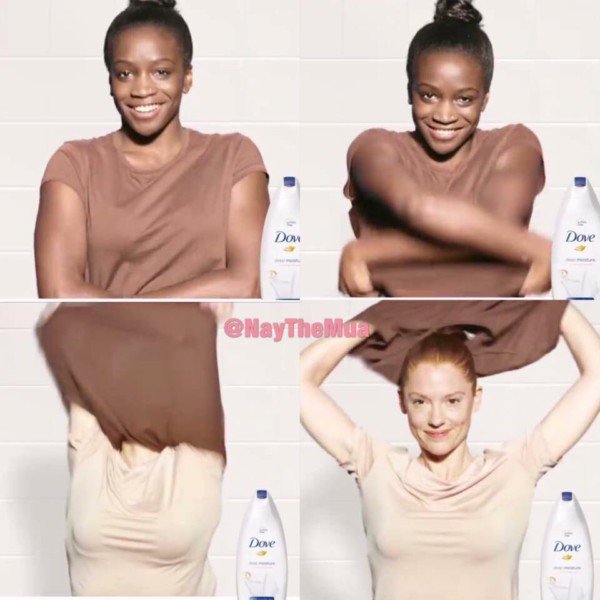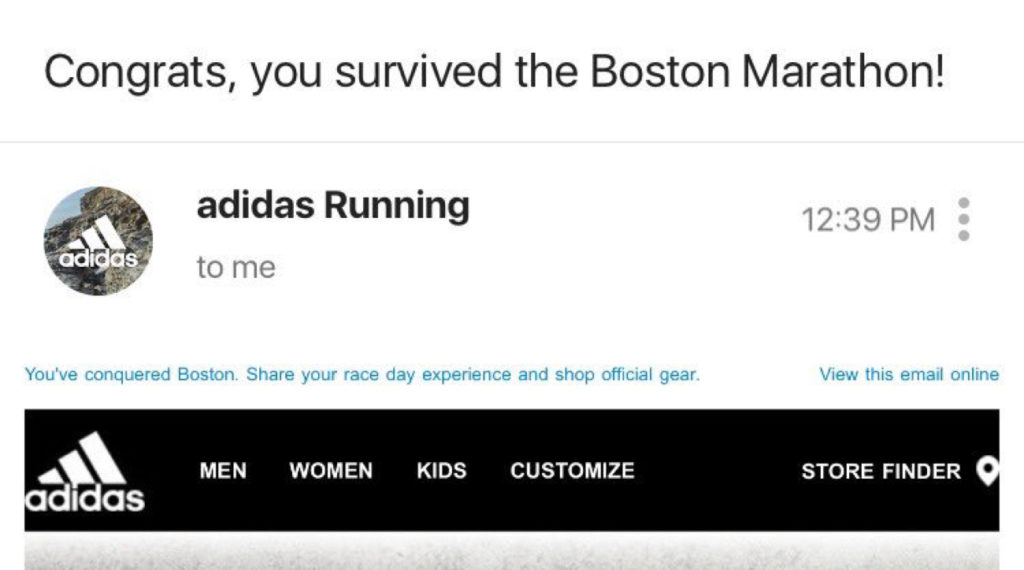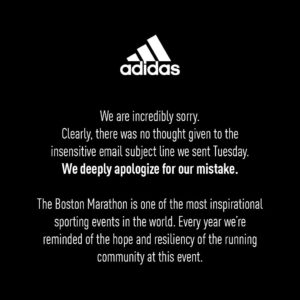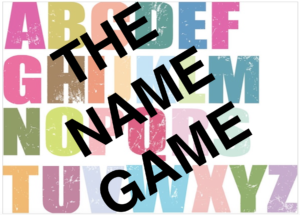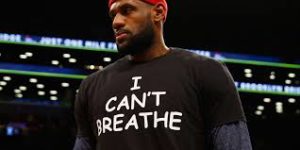The logos are coming! Well, in the case of the NBA they’re already here in the form of a pilot program that’s expected to run 3 years. But for other major North American sports groups such as the NFL, MLB, and NHL, we could start to see logos appearing on their jerseys sooner than we think. While corporate logos have periodically appeared on All-Star Game and practice jerseys within the major North American sports leagues, the NBA has paved the way for corporate logos to have a more permanent spot.
(Image retrieved from https://www.si.com/nba/2017/07/26/nba-jersey-sponsors-list-teams-unform-patches-nike)
Accordingly to Will Jarvis (2017), in 2012 the NBA hired a sponsorship research firm by the name of SRI to investigate consumer sentiment around placing ads on jerseys. Although the presence of corporate logos on professional jerseys is a practice that’s already been in place around the world for a number of years, the North American fan base is a different beast and already feels over branding is rampant.
(Image retrieved from http://brandchannel.com/2017/05/31/nba-jersey-sponsors-053117/)
Like any business, the NBA is always looking for new revenue streams and ways to generate additional profit for its owners. Especially during a time in which cord cutting is on the rise and fans are finding other ways to watch their sports content, rather than watching on traditional broadcast channels such as ABC, Fox, and NBC. Adam Silver stated that this sponsorship program would generate approximately $100 million a year in revenue for the league, and the players will actually get a portion of it (Rovell, 2015). Jersey sponsorship costs for firms such as Goodyear and GE will range anywhere between $5-$20 million per year (Jarvis, 2017), allowing the growth rate of revenue received from sponsorship to surpass that of gate revenue (Chew, 2016).
(Image retrieved from http://brandchannel.com/2017/05/31/nba-jersey-sponsors-053117/)
After initially taking issue with this decision, I’ve come to the conclusion that I’m ok with the NBA adding corporate sponsorship logos to their jerseys. First and foremost, I don’t believe this decision is going to impact the quality, integrity, or competition level of the game itself that I believe is the most important implication when considering any changes of this magnitude. Secondly, consumers are still able to purchase traditional forms of jerseys without logos in retail and leave it up to teams to decide if they’d like to sell the logo included jerseys within their team shops. This allows the consumers to still have options and not force them into buying a product within a logo on it that they don’t want. Third, I see this as an opportunity for NBA teams, ownership, and individual players to donate more money to foundations or other social causes because they have more resources to be able to do so. Granted, each one of these stakeholders already have a considerable amount of financial resources, but I’d image they’d be willing to do more for others if they had more financial resources themselves. Lastly, this doesn’t appear to be a decision that the NBA jumped into and decided overnight. The NBA took a pragmatic, thoughtful approach that was based on research and fan insights in order to come to their conclusion and implement this pilot program. This looks be the direction that professional sports are heading towards globally, if they’re not already there, and I’m glad the NBA did a thorough analysis prior to executing.
So, which jersey out of all the teams do you think has the best logo integration? Other than the Lakers, of course! Here’s a link to the full list: NBA Jersey Logo Sponsorship List
References
Brown, Maury. (2016, April 15). Sponsor Logos Are Coming To NBA Jerseys, But Here’s Why It’s A Small Thing. Retrieved from: https://www.forbes.com/sites/maurybrown/2016/04/15/sponsor-logos-are-coming-to-nba-jerseys-but-heres-why-its-a-small-thing/#3ad91d7f74e5
Chew, Jonathan. (2016, April 12). Fans Could See Ads on NBA Jerseys. Retrieved from: http://fortune.com/2016/04/12/nba-owners-ads-jerseys/
Jarvis, Will. (2017, July 14). FOLLOW THE MONEY: ADS ON NBA JERSEYS OPENS THE DOORS FOR OTHER TOP SPORTS. Retrieved from: http://adage.com/article/advertising/big-thing-ads-nba-jerseys-china/309744/
Rovell, Darren. (2016, April 15). NBA approves on-jersey advertising program. Retrieved from: http://www.espn.com/nba/story/_/id/15210151/nba-jerseys-carry-advertisements-beginning-2017-18
Shayon, Sheila. (2017, May 31). Uniform Branding: The NBA’s First Six Jersey Sponsors. Retrieved from: http://brandchannel.com/2017/05/31/nba-jersey-sponsors-053117/
Woo, Jeremy. (2017, July 26). Every NBA Jersey Sponsor. Retrieved from https://www.si.com/nba/2017/07/26/nba-jersey-sponsors-list-teams-unform-patches-nike

